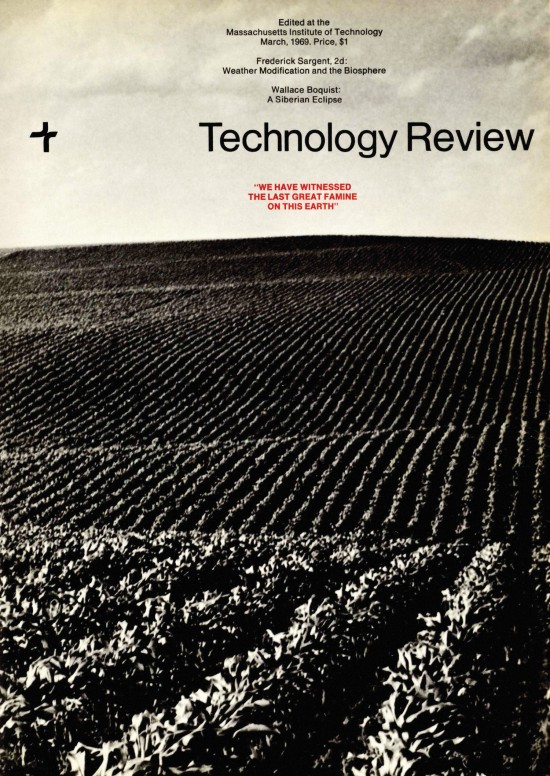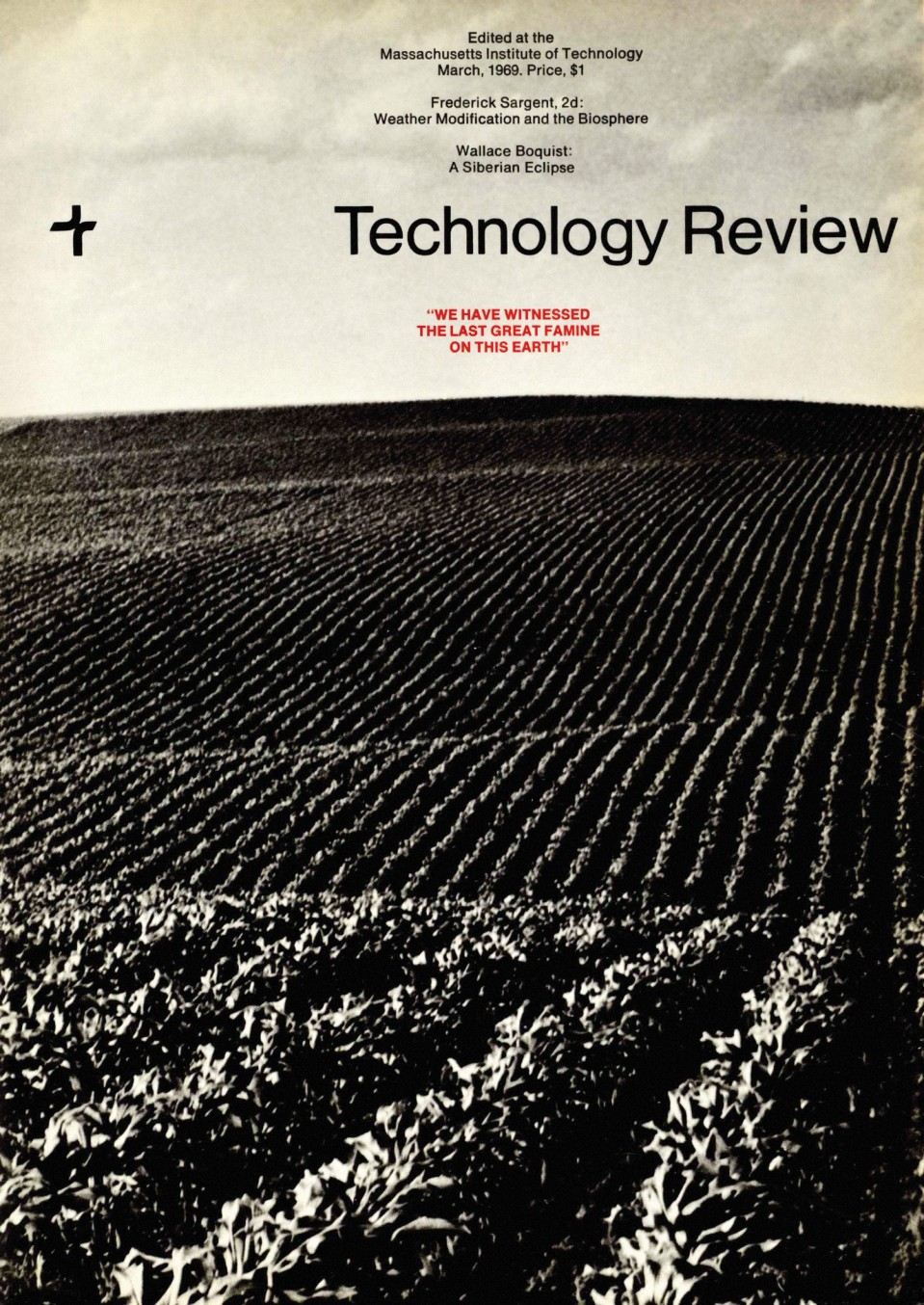Sustainable Energy
Taming the Weather
Nearly five decades ago it seemed as if we might gain mastery over the weather—but what of the risks?



“Most of man’s inadvertent weather modification has resulted from pollution of the atmosphere by discharges from his technological establishment. Thermal pollution of the air over cities has caused them to become heat islands. Particulates and freezing nuclei have increased at all levels of the troposphere and have been related to increased cloudiness. The increase of atmospheric aerosols and particulates has been associated with an increase in atmospheric turbidity. Although direct measurements have not yet shown it, the greater cloudiness and turbidity threaten to reduce solar isolation. At the same time there has been a measurable rise in atmospheric carbon dioxide. Because this gas has a ‘greenhouse’ effect, several observers have forecast a general rise in the global air temperature of as much as 4 °C by the year 2000.
“Within the past decade man has had sufficient success with manipulating weather processes to encourage him to press on toward greater and more precise control. We need information that will help us to anticipate the nature and magnitude of biological changes that may result from a given weather modification.
“Some of these cause-and-effect relationships seem relatively simple: increased precipitation might favor tree growth but deep snow seriously impairs overwintering elk. But other biological effects may be remote from the target of the weather-modifying operation. Outbreaks of pests or of plant and animal diseases might materialize as a consequence of heavier amounts of rain and weaker animals. Weeds and undesirable animals might move into habitats made hospitable by weather modification. It is equally possible, however, that the altered weather might prove favorable for plants and animals desirable for man.
“Taming the weather can be a dangerous game. There may be gains for human welfare from achieving some control over the weather. At the same time, there are some imponderable ecological risks. Because man is as much a species of the biosphere as any other organism, he must critically evaluate these gains against the risks. He must undertake ecological studies that will allow him to anticipate the consequences and implications of conscious weather modification for the biosphere. In a real sense he holds his destiny in his own hands.”
Adapted from “Weather Modification and the Biosphere,” by Frederick Sargent, from the March 1969 issue of Technology Review.